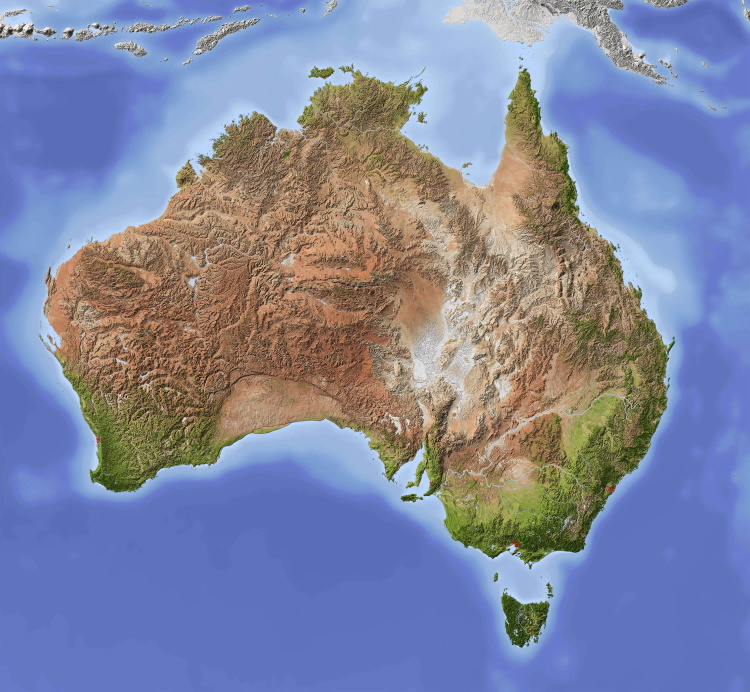Alon Levy, co-lead of the transportation and land use program at New York University’s Marron Institute, has spent years studying why some countries are able to build transport infrastructure cheaply and others aren’t.
Though the preliminary business case of the expansion of Gold Coast light rail includes few details, Levy estimates that the project may ultimately cost as much as 10 times more than comparable European infrastructure.
Those include, Levy says, a lack of contracting transparency, over-engineering, politicisation, poor allocation of cost risk – and above all, contracting out to the private sector.


To move the same number of people you need several times more buses, which means more engines that can fail, wonky acceleration profiles from the variability of road traffic conditions wears engines and physical road conditions wear tires. The lifetime of a rail system is at least 3x as long as a bus. Many metro systems across north america are still running some trains from the 80s that are only just being replaced. Chips and burrs on metal wheels can easily be ground down then replaced after many, many repair cycles, whereas worn or blown tires can only be replaced when the train wears.
So you’re right, buses can can be set up faster and are more versatile on our existing road networks and lower upfront capital costs. In the long term, trains are cheaper to maintain and operate and provide a better rider experience.
https://www.youtube.com/watch?v=W0gZPTC15M0